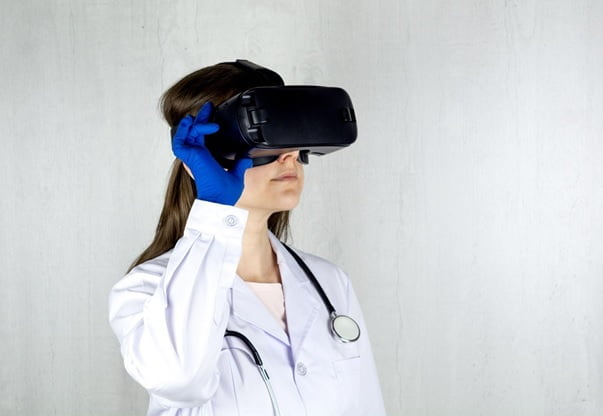The technology industry is constantly evolving and all kinds of new inventions are coming out almost every day. An innovation which has taken over the world is virtual reality. While it was first implemented in video games, VR has become widely used in different fields, with the latest one being healthcare.
The biggest reason for this is to allow people to receive immediate medical care and treatment right from the comfort of their homes. Every reputable VR health clinic has licensed therapists and doctors who work with their patients remotely and provide them with proper care and assistance in real-time using a VR headset.
One branch of health care where virtual reality is making its way in is occupational therapy. Many people encounter issues with their physical, emotional and social wellbeing which is where VR can come in handy.
Here is how virtual reality can be applied in occupational therapy.
Occupational therapy vs. Physical therapy
Before we delve into how VR is applied in occupational therapy, it is important to differentiate between occupational therapy and physical therapy because both work towards improving people’s lives.
In general, the main difference is that physical therapy (PT) focuses on restoring a patient’s mobility and function after suffering an injury whereas occupational therapy (OT) helps improve gross motor skills that are vital for performing day-to-day activities.
With PT, patients do a variety of physical activities and stretches to restore ability, reduce pain, prevent disability and maintain overall fitness, while with OT, people relearn how to perform daily tasks, employ numerous strategies for coping with mental illnesses and do exercises to increase flexibility.
Deciding on which type of therapy is right for you mainly depends on the condition you are treating as well as your specific needs. For either type, VR has proven to be efficient in speeding up the recovery process.
VR applications in occupational therapy
Virtual reality in occupational therapy generally focuses on mental health and chronic pain recovery and neurological rehabilitation. Whether you are suffering from post-traumatic stress disorder or you have had a stroke that resulted in partial disability, VR can help you get back to your normal way of living by placing you in an interactive environment where you can improve your fine and gross motor skills that are vital for your day-to-day life.
Generally, VR can be used for dealing with the following occupational conditions:
- Stress and anxiety
- Common phobias
- Improving motor skills
- Cognitive rehabilitation
For example, people who suffer from acrophobia, which is the fear of heights, often develop severe anxiety symptoms that can easily interfere with their daily life. Because of their phobia, the individuals may experience attacks even when they are walking up the stairs or climbing a ladder.
VR can help patients cope with this fear in a more effective and enjoyable way by placing them in an immersive virtual reality where they come eye-to-eye with their fear and practice regaining their sense of control which then results in developing better coping skills.
Another common use of VR in occupational therapy is with improving general motor skills such as hand movements. If you suffered from a stroke, there is a great chance that you may have difficulties performing daily activities such as buttoning a shirt.
With VR, you can practice the same repetition many times until you are able to perform the task more efficiently and with less discomfort. Because you will be placed in an interactive environment, your mind will mainly be focused on completing the repetitions which will certainly promote quicker development of your motor skills.
Final thoughts
Whether you live far from the nearest hospital or you are simply looking to get immediate medical care or treatment, using the services of a virtual health clinic is your best option. These facilities employ licensed therapists and doctors who can help you with your physical, mental and social wellbeing so you can perform your daily tasks better and easier.
VR has become widely popular in all branches of health, especially with occupational therapy and provides patients with excellent services right from the comfort of their homes.
To learn more about this matter, refer back to our guide to find out how VR can be applied in occupational therapy.








